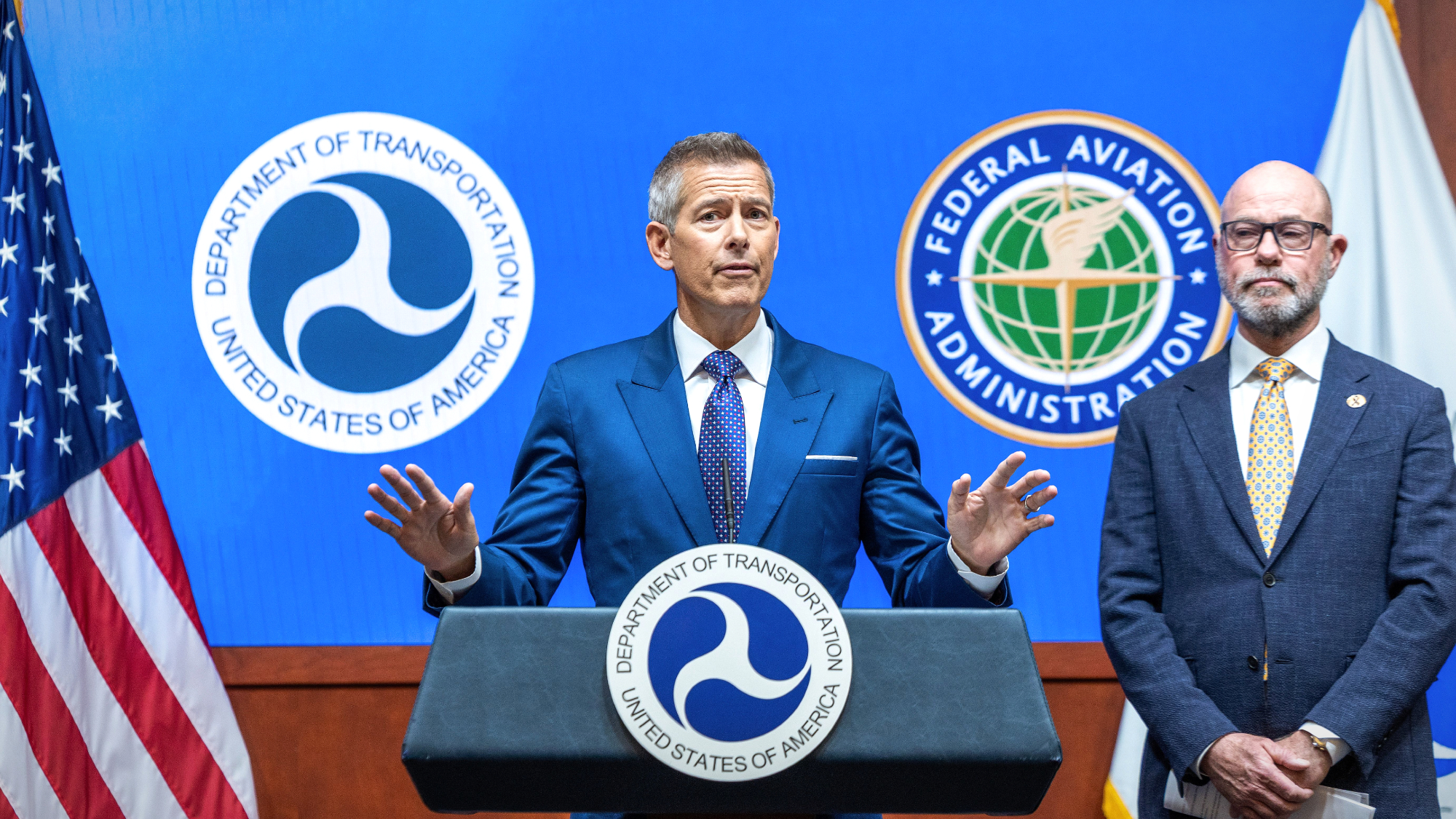Should nutrition labels reflect how much we actually eat?
Because Americans habitually consume more than the typical "serving size," nutrition labels can mislead more people than they help

Nutrition labels on food packaging are supposed to clarify how healthy various foods are, but their approach is often unrealistic and misleading, according to a new report from the Center for Science in the Public Interest (CSPI). The so-called "serving sizes" the labels list are often wildly out of touch with the amount of food that people actually eat. That means consumers who just give labels a brief once-over — without multiplying the nutrition counts by the number of servings in a package — believe they're getting a lot less sodium, fat, and calories than they really are. Here, a brief guide:
How unrealistic are nutrition labels' serving sizes?
Very. According to the CSPI, most people would consider a can of soup, for example, one serving. But most soup labels list a "serving" as just one cup — less than half the can. After a quick glance at the label, a consumer who consumes the whole can might believe he's getting 800 mg of sodium, when in fact he's getting more than 1,800 mg. (It's recommended that most people eat a maximum 1,500 mg of sodium a day.)
The Week
Escape your echo chamber. Get the facts behind the news, plus analysis from multiple perspectives.

Sign up for The Week's Free Newsletters
From our morning news briefing to a weekly Good News Newsletter, get the best of The Week delivered directly to your inbox.
From our morning news briefing to a weekly Good News Newsletter, get the best of The Week delivered directly to your inbox.
Is that typical for nutrition labels?
Yes, says CSPI director Michael Jacobson. From coffee creamers to aerosol cooking sprays, food products have come under scrutiny by critics for their absurdly unrealistic nutrition labels. "Over the years we’ve looked and laughed at many serving sizes,” says Jacobson, as quoted by The New York Times.
Why are the labels' serving sizes so puny?
Many of the serving sizes are based on consumer research dating back to the 1970s, when food portions — and Americans — were less "super-sized" than they are today. The FDA has stated that serving sizes were standardized to make it easier to compare two different brands of soup, for example, in two different sizes of can.
A free daily email with the biggest news stories of the day – and the best features from TheWeek.com
Is anything being done about misleading food labels?
It's hard to tell. The FDA, which regulates food packaging, has been somewhat "tight-lipped" about any upcoming changes to nutrition labels, though it's been working on improvements to the labels since 2005.
Sources: Globe and Mail, NY Times, WJLA
-
 France targets Shein over weapons, sex dolls
France targets Shein over weapons, sex dollsSpeed Read Shein was given 48 hours to scrub the items from their website
-
 Trump tariffs face stiff scrutiny at Supreme Court
Trump tariffs face stiff scrutiny at Supreme CourtSpeed Read Even some of the Court’s conservative justices appeared skeptical
-
 FAA to cut air travel as record shutdown rolls on
FAA to cut air travel as record shutdown rolls onSpeed Read Up to 40 airports will be affected